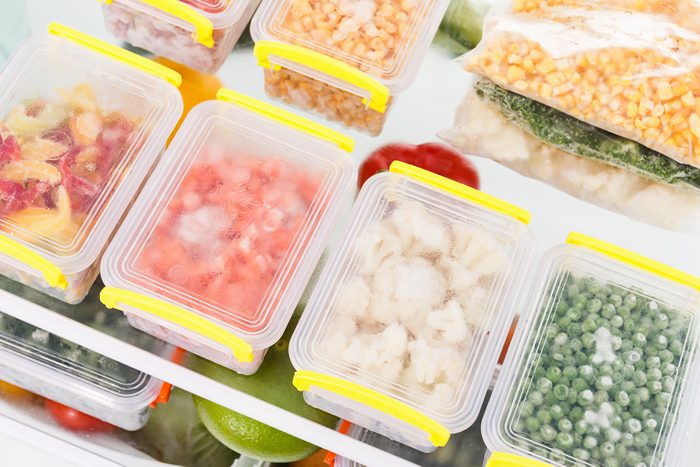
Go See Your Doctor
Before starting any major change in your eating patterns, check with your doctor to see if you have any concerns that could affect your weight-loss plans. As you lose weight, your health will certainly improve, and it will be wonderfully motivating to learn that your blood-glucose levels have improved or that your blood pressure has gone down. It might be possible to change or reduce any medications you might be taking.

Assess Whether It’s The Right Time To Start
Are you in the middle of a job change? A major house renovation or move? Is it the week before Christmas or before the cruise you’ve been planning for a year? Then it’s probably not the best time to start a new way of eating. Some life events will make it harder-or even impossible-for you to give the program the attention it needs or to stick with it. Choose a period when your life is relatively stable and when you have time to learn new eating habits-not when your stress levels are even higher than usual. If your enthusiasm for a new slim and healthier you is high and the timing is right, then there’s no better moment than the present!

Set Your Weight-Loss Target
It’s important to have a healthy, realistic weight-loss target in mind before starting the program. A good place to start is a BMI table, not the glossy pages of a magazine. Being too thin or too heavy is not good. Your health is at risk if your BMI is below 18.5 or above 25. Remember, the BMI table is only a guide.
The other measurement you should concern yourself with is your waist circumference, which is an even better predictor of the state of your health than your weight. Abdominal fat is more than just a weight problem. Recent research has shown that abdominal fat acts almost like a separate organ in the body, except this “organ” is a destructive one that releases harmful proteins and free fatty acids, increasing your risk of life-threatening conditions, especially diabetes and heart disease. If you are female and have a waist measurement of 35 inches or more, you are at risk of endangering your health.
Now that you know your BMI and waist measurement, you can set your weight-loss target and know roughly how long it will take you to reach that goal. The closer you get to your target weight, the slower your weight loss will be. Be prepared for measured results-it took you a while to put on those extra pounds and it will take some time to lose them. Be patient.

Give Your Kitchen a Makeover
Take a look in your fridge. What do you see? Two jars of mayonnaise, some leftover cheddar and a lot of sugar-laden condiments in jars? Now open the cupboards: what’s the cookie and cracker situation? Now is the time to do an honest evaluation of what you tend to keep on hand. If you always have chips on hand, you will eat them. If you keep Goldfish crackers around “for the kids,” you can be sure that they won’t be the only ones snacking on them. Throw out anything that’s going to be a temptation and sidetrack you from your weight-loss goals. Be ruthless and be sure to keep healthy essentials on hand.

Eat Before You Shop
You know what happens when you drop by the supermarket on your way home from work, famished…before you know it you’ve bought the biggest tray of cannelloni ever made. The worst mistake you can make is to go shopping on an empty stomach. You’ll only be tempted to fill your cart with calorie-rich foods.
Excerpted from The G.I. Diet Diabetes Clinic by Rick Gallop Copyright © 2010 by Rick Gallop. Excerpted by permission of Random House Canada, a division of Random House of Canada Limited. All rights reserved. No part of this excerpt may be reproduced or reprinted without permission in writing from the publisher.
